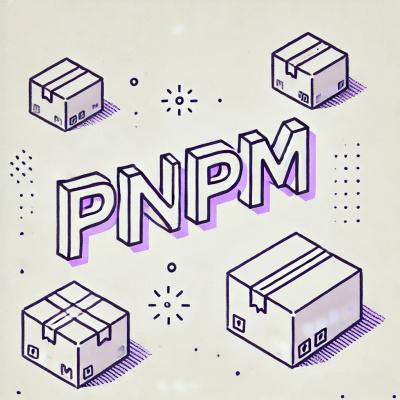
Research
Security News
The Growing Risk of Malicious Browser Extensions
Socket researchers uncover how browser extensions in trusted stores are used to hijack sessions, redirect traffic, and manipulate user behavior.
VDK Control CLI allows user to create, delete, manage and their Data Jobs in Kubernetes runtime.

VDK Control CLI is meant for Data Engineers to use to manage the lifecycle of jobs - create, delete, deploy, configure Data Jobs.
To build or contribute, see CONTRIBUTING.md.
Install VDK Control CLI with:
pip install vdk-control-cli
This will install console application called vdkcli
Then run help to see what it can do:
vdkcli --help
vdkcli is the name of the console application only when vdk-control-cli is installed autonomously. Typically,
it is a dependency of Versatile Data Kit and the console application is vdk (hence, all commands in error and help
messages in this project refer to vdk). Keep in mind that if you are using this project autonomously, you should
use vdkcli command instead of vdk.
VDK_BASE_CONFIG_FOLDER - Override local base configuration folder (by default in $HOME folder). Inside it will create folder .vdk.internal. CLI state may be kept there (login info). Use in case multiple users need to login (e.g in case of automation) on same machine.
VDK_CONTROL_SERVICE_REST_API_URL - Default Control Service URL to use if not specified as command line argument
VDK_API_TOKEN - Default API Token to use if another authentication has not been used with vdk login
VDK_API_TOKEN_AUTHORIZATION_URL - Default API token URL to use if another authentication has not been used with vdk login.
If Control Service configured require authentication: vdk login must have finished successfully.
Or alternatively correct VDK_API_TOKEN_AUTHORIZATION_URL and VDK_API_TOKEN must be set correctly and will behave same as vdk login -t api-token.
If vdk login is used - it take priority over environment variables set VDK_API_TOKEN_AUTHORIZATION_URL and VDK_API_TOKEN
To clear previous login info (aka logout) use vdk logout.
In case of credentials type vdk login flow we start a process on port 31113 to receive the credentials.
If you already have process running on 31113 you can override the value.
To override the port set environmental variable OAUTH_PORT with free port which the client can use.
Installing a third party plugin can be easily done with pip:
pip install vdk-control-cli-NAME
pip uninstall vdk-control-cli-NAME
If a plugin is installed, vdk automatically finds and integrates it.
A plugin is python module that enhances or changes the behaviour of the vdk cli.
A plugin contains one or multiple hook functions.
See all supported hook function specifications that can be implemented in specs.py
In order to create a new plugin there are only 2 steps:
# define hookimpl as follows (library requirement: pluggy)
hookimpl = pluggy.HookimplMarker("vdk_control_cli.plugin")
# though it's better to use `vdk.internal.control.plugin.markers.hookimpl` from vdk-control-cli python package
# name of function must match name of hookspec function
@hookimpl
def get_default_commands_options():
# your implementation here ; for example to set defaults for `vdk login --type --oauth2-authorization-url` command
default_options = {
"login": {
"auth_type": "api-token", # note values must be valid or the plugin may break the CLI, no checking is done at this point
"api_token_authorization_url": "http://localhost/authorize" # replace dashes with underscore for the argument name
}
}
return default_options
entry_points={ 'vdk_control_cli.plugin': ['name_of_plugin = myproject.pluginmodule'] }
The plugin system is based on pluggy.
SDK Extensibility design can be seen here
In order to use credentials login type you need to create OAuth2 Application.
FAQs
VDK Control CLI allows user to create, delete, manage and their Data Jobs in Kubernetes runtime.
We found that vdk-control-cli demonstrated a healthy version release cadence and project activity because the last version was released less than a year ago. It has 1 open source maintainer collaborating on the project.
Did you know?

Socket for GitHub automatically highlights issues in each pull request and monitors the health of all your open source dependencies. Discover the contents of your packages and block harmful activity before you install or update your dependencies.

Research
Security News
Socket researchers uncover how browser extensions in trusted stores are used to hijack sessions, redirect traffic, and manipulate user behavior.

Research
Security News
An in-depth analysis of credential stealers, crypto drainers, cryptojackers, and clipboard hijackers abusing open source package registries to compromise Web3 development environments.

Security News
pnpm 10.12.1 introduces a global virtual store for faster installs and new options for managing dependencies with version catalogs.